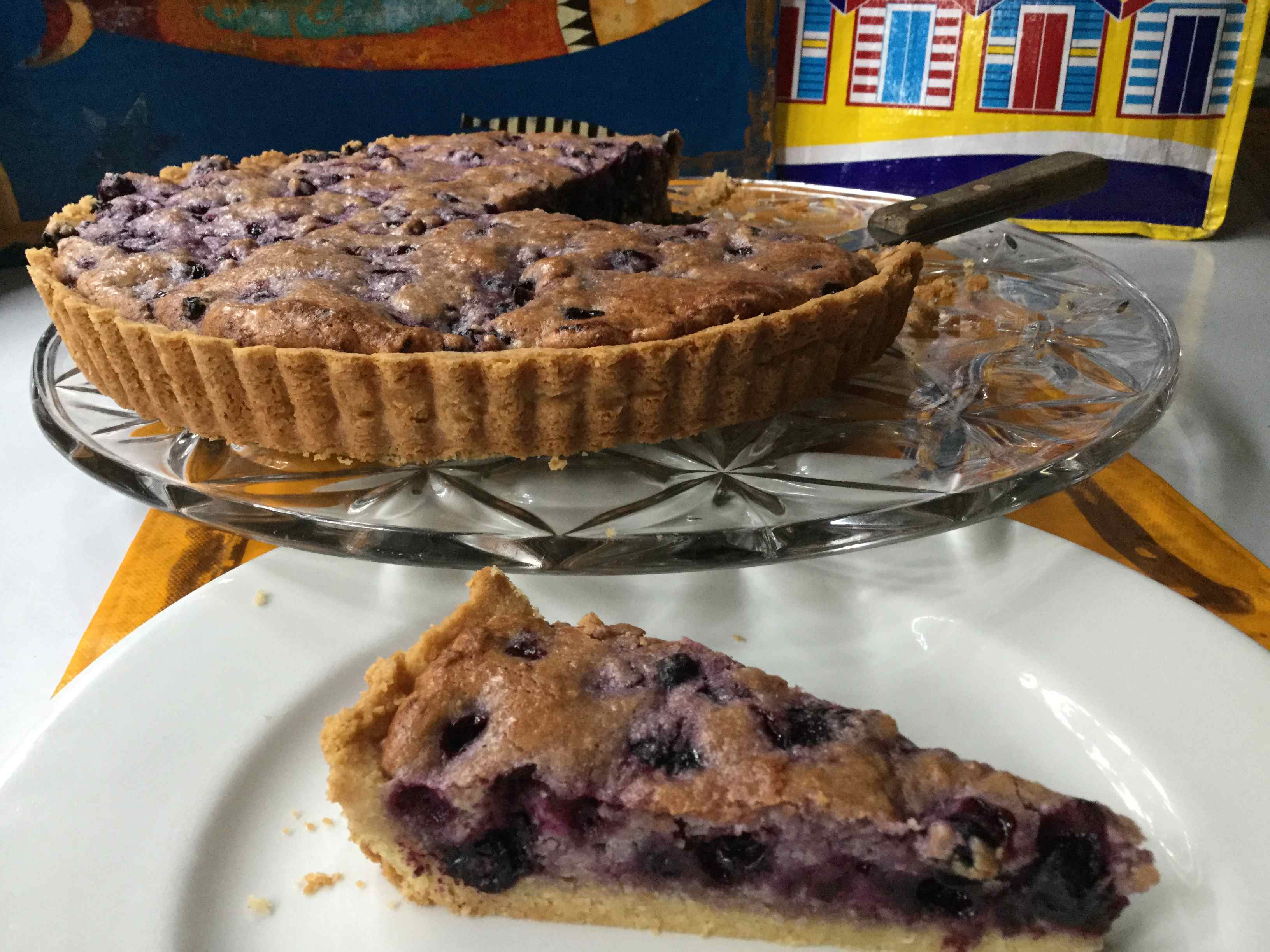A Sweet Pastry – Blind baking made easy!
Blind baking or par-baking a pastry shell for a tart or quiche can be a little testing as it normally means lining the shell with baking paper or foil and filling with ‘weights’, such as rice, beans or metal weights, then baking for around ten minutes or so. We have always used rice and return it to a large jar for reuse.
Blind baking is done to ensure that the pastry is evenly cooked, thus avoiding doughy, uncooked bases or sides. It could be you want a fully cooked shell into which you add cold ingredients, such as fruit and/or custard. Or it could be you want to add a filling, such as an egg and cheese mixture that needs further cooking.
If you par-bake a pastry shell without weights the chances are that the pastry walls will collapse, meaning that you no longer have a ‘shell’ to which you can add other ingredients – uncooked or for further cooking.
My sister-in-law, Lorraine found that her preferred sweet pastry for her restaurant could be par-baked without using weights. One day, in a hurry, with two dozen small pastry shells to be par-baked, she didn’t have time to use weights but found the shells held up well.
You can make her pastry by hand, kneading as required, or with a food processor.
The pastry is reasonably soft but not too difficult to work with; add more flour if it is too ‘wet’.
You can make the pastry and line a tart tin, then refrigerate or freeze it until required. (It can be taken from the freezer and put straight into the oven to par-bake or to bake totally.)
The ingredients below make enough for one quite large tart shell tin, 25cm wide and 2.5 cm high, or 8 to 10 small tart shells. The tart shell tin(s) needs to have a removable bottom.
You will find the edges/walls will collapse a little. If that could be a problem, of course you can par-bake the pastry using weights.
To make the pastry
- 250 g unsalted butter in cubes, softened
- 1½ cups plain flour
- ½ to 1 cup almond meal
- ¼ cup sugar (or equivalent weight in castor or icing sugar)
By hand, combine all the ingredients in a bowl and mix well. Remove to a flat surface and, using extra flour, knead until butter is amalgamated.
Or using a food processor add all ingredients and process in several spurts and stop just as it forms into lumps. Remove to a flat surface and, using extra flour, use the heel of your hand to push pastry away in order to spread the butter.
Form the pastry into a flat ball or cake. Dust some cling wrap or a plate with flour. Put the ball of dough on top and cover. Leave 20 minutes or more in the fridge before rolling into shape.
Roll the dough as per normal or between pieces of floured cling wrap or baking paper.
Use the rolling pin and cling wrap to line your tart shell tin. Fill any holes and tidy up the edges. Use immediately or cover and refrigerate or freeze until required.
Bake blind as is, without lining with rice or beans, at 200oC for 10 minutes or so if it is to be cooked further. Or bake for 25 minutes until cooked if you just want the shell.
In the next photo you will see how the walls have dropped a little.
Then use the shell as desired, following your recipe as required.
The next two photos show the result when the pastry was used for a blackcurrant tart.
Contributions welcomed!
If you have something that you believe is impossible (read ‘very difficult’) to do at home, please be in touch, especially if you can provide your method and a summary as to why it turned out so well. (Not essential, but provide good quality photos if you have any.)






